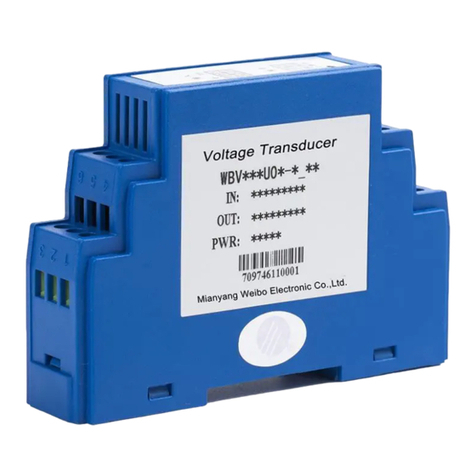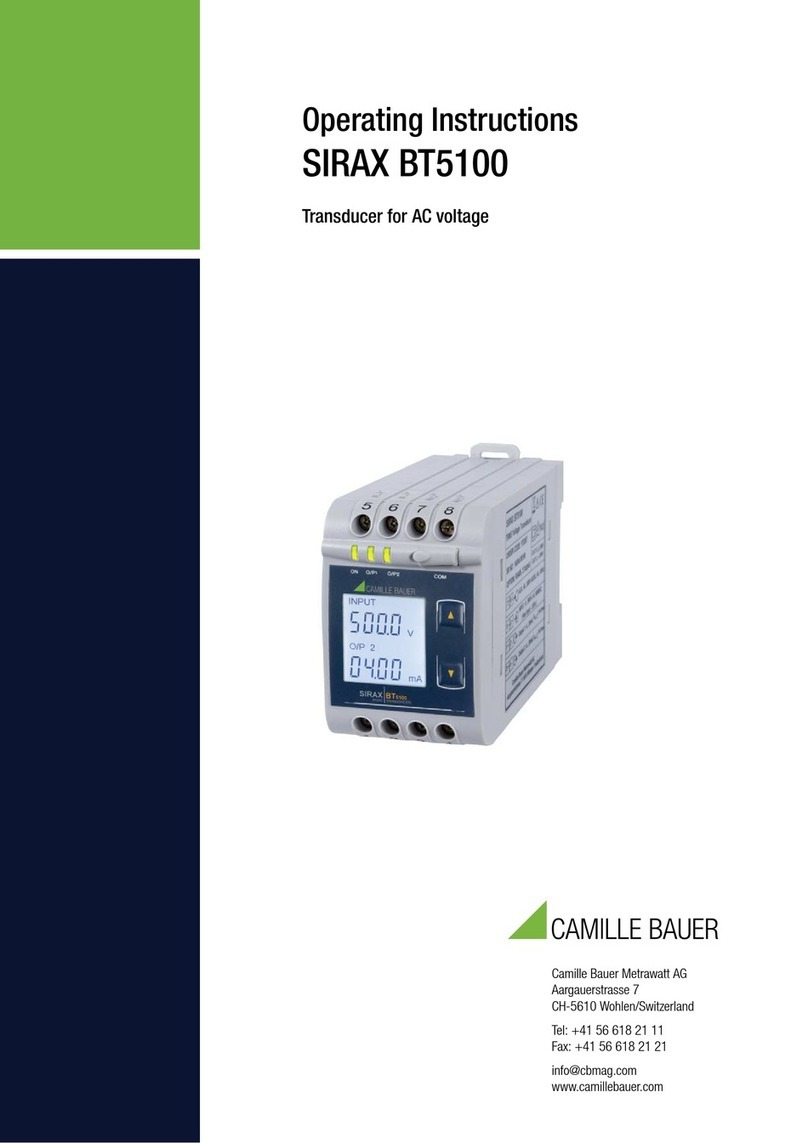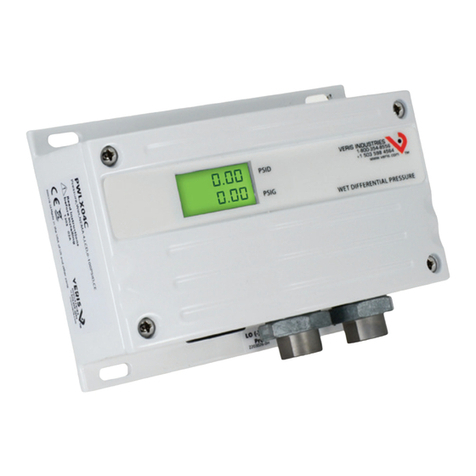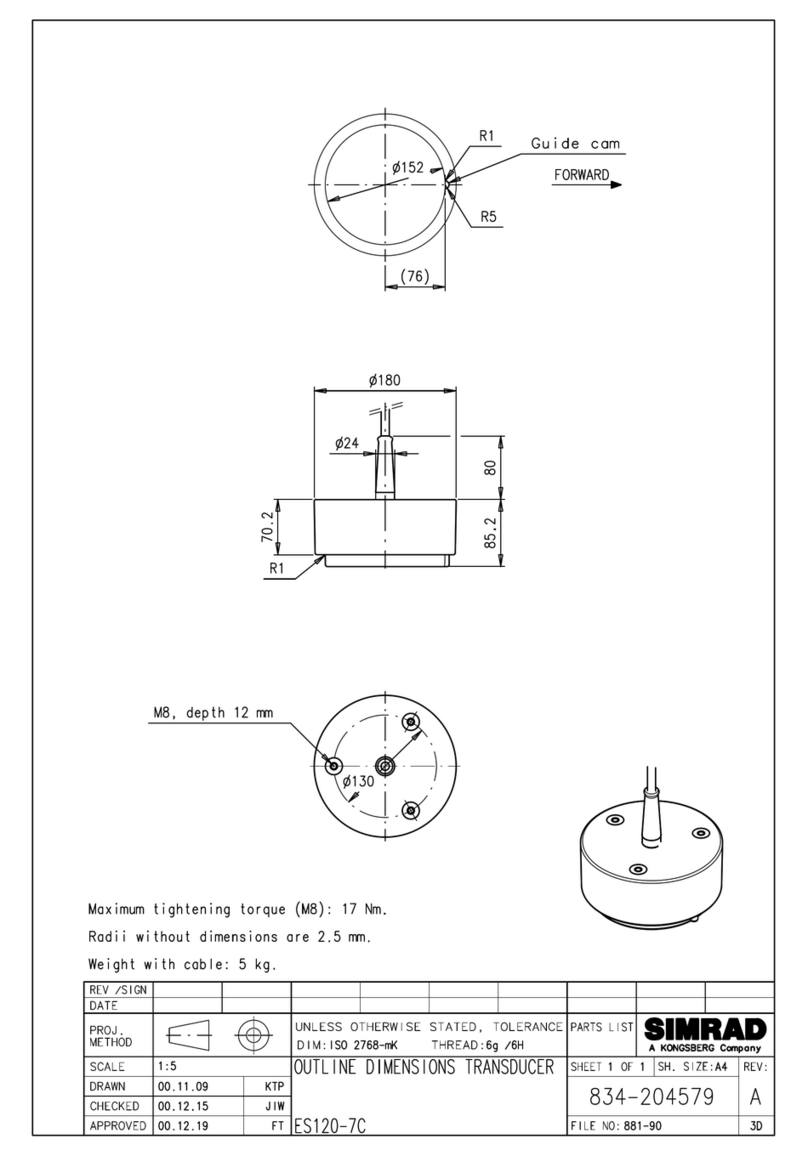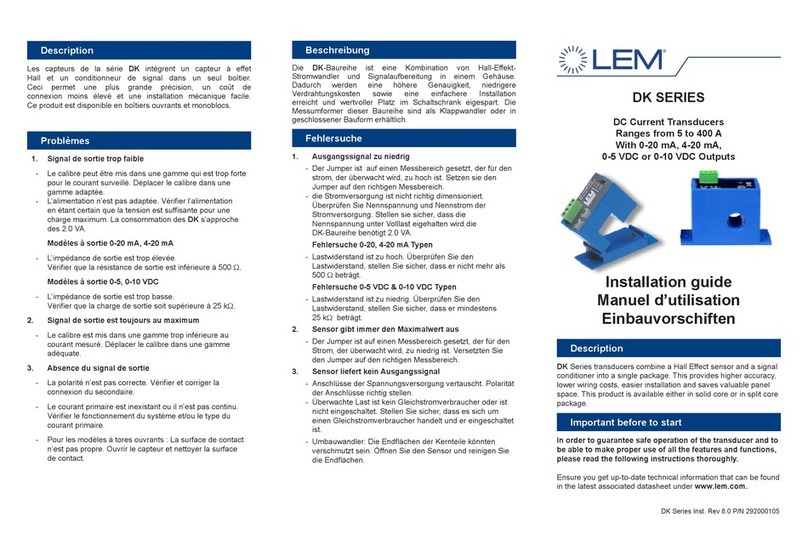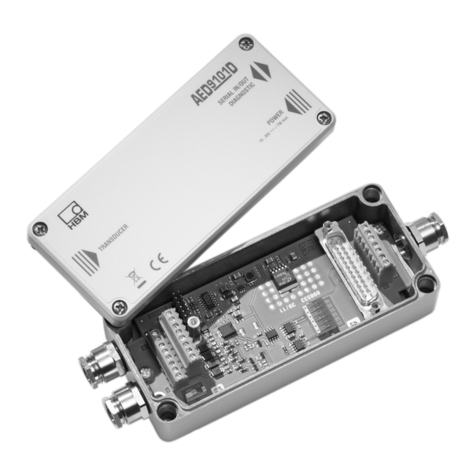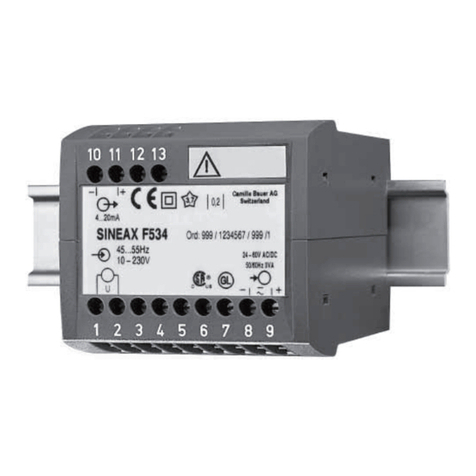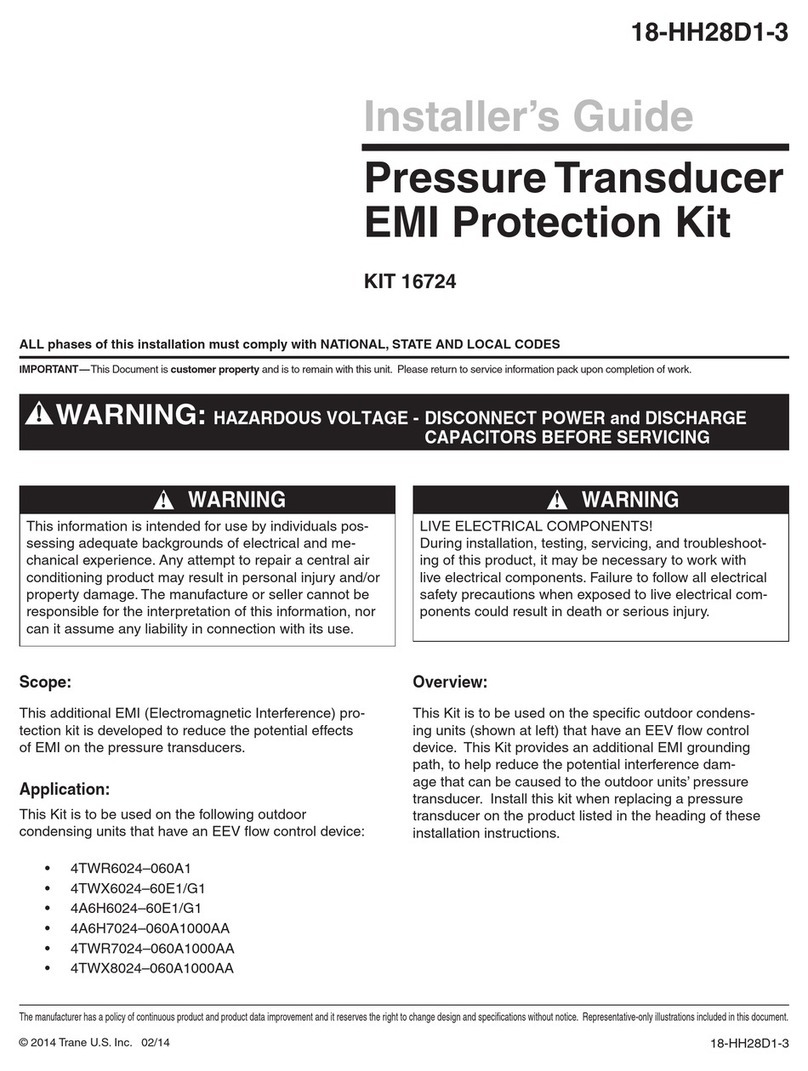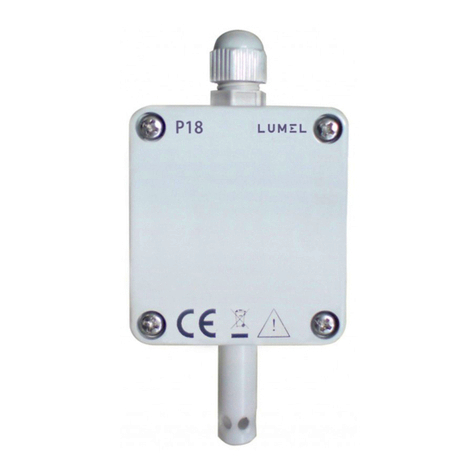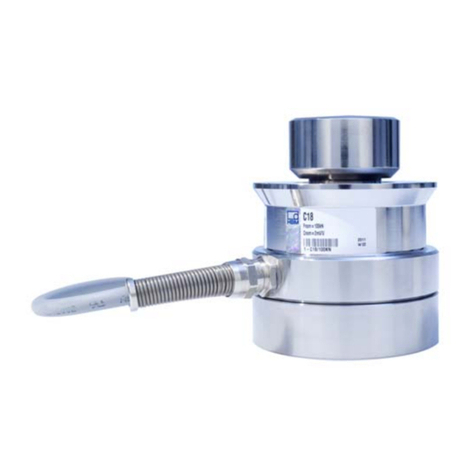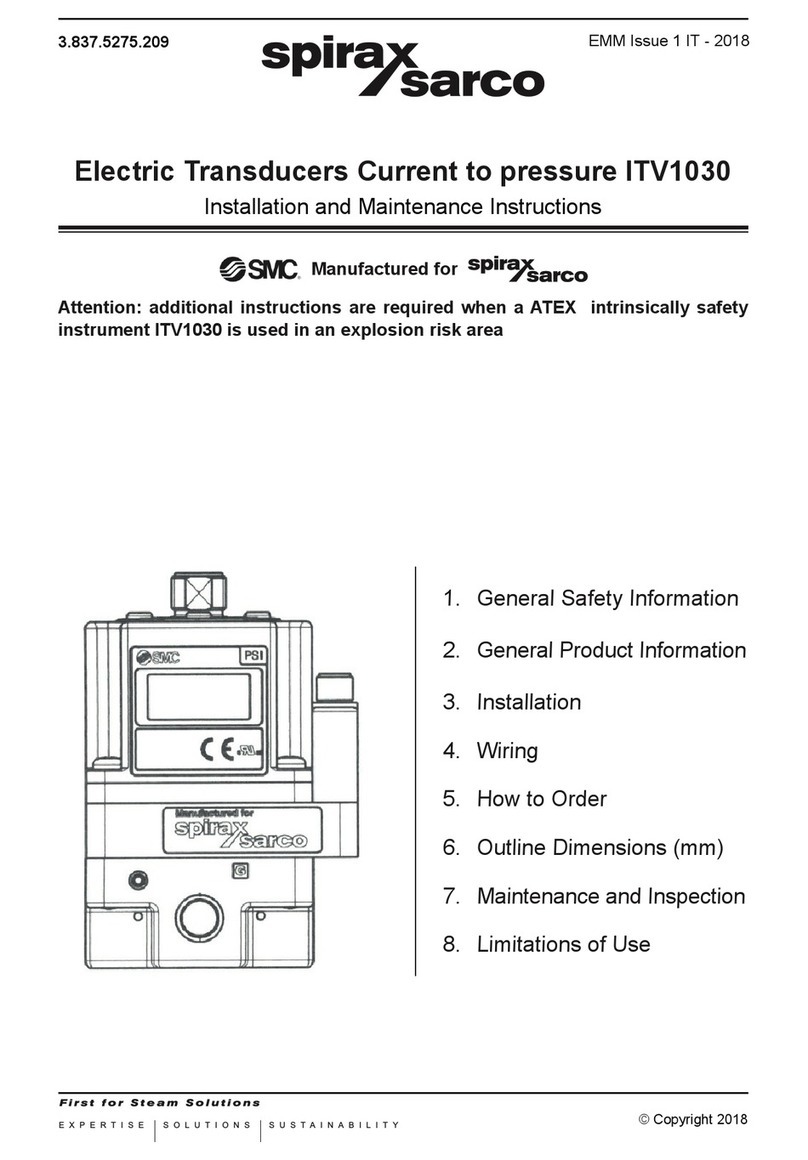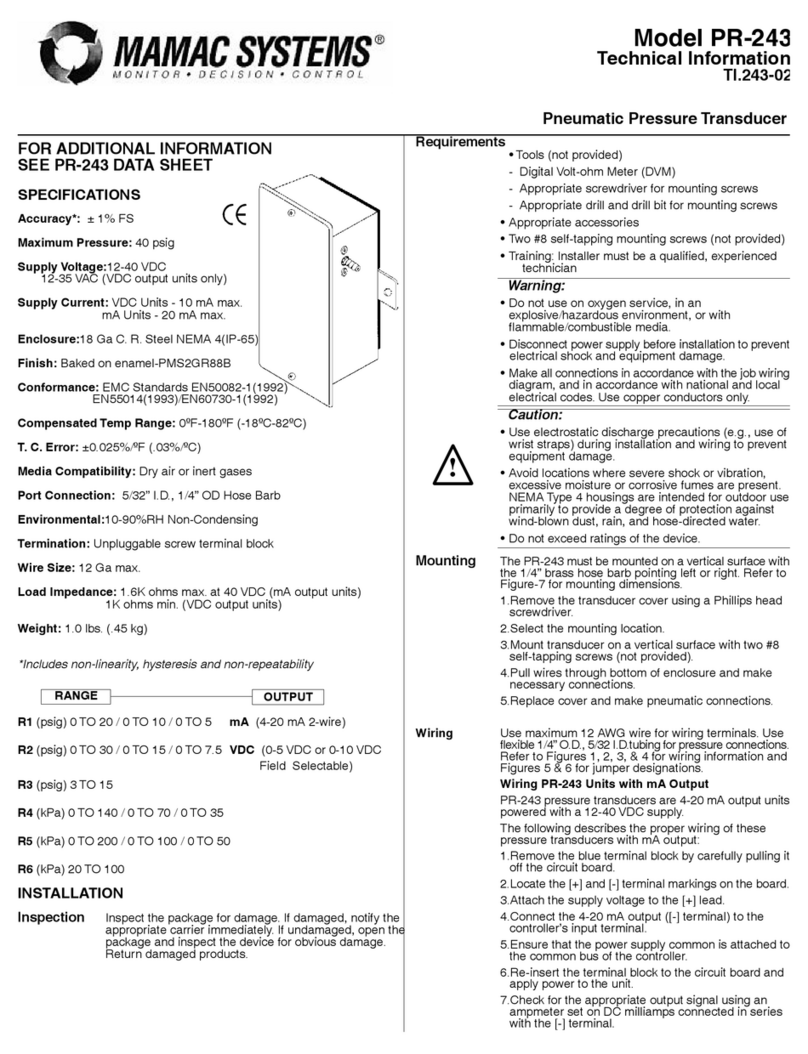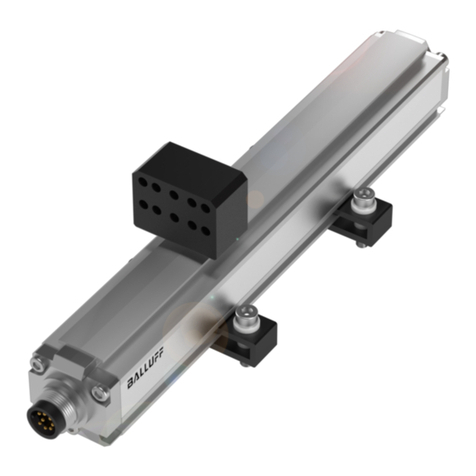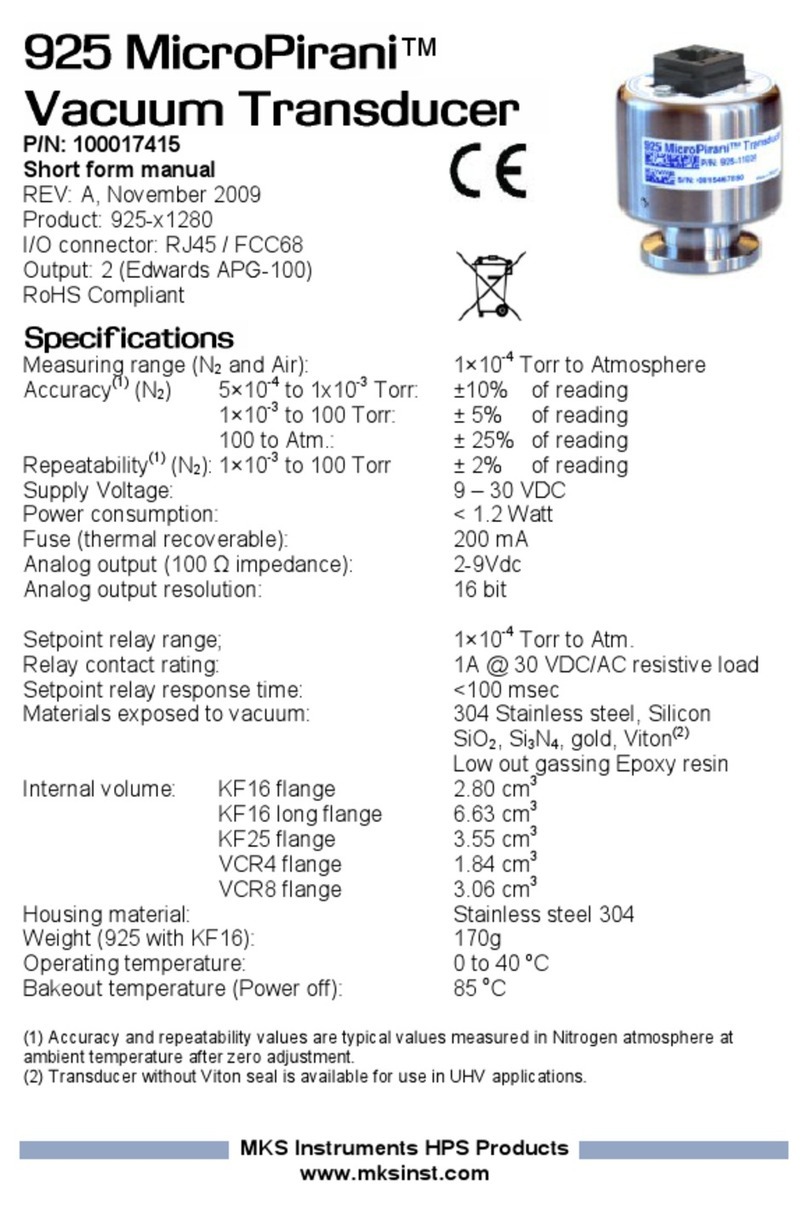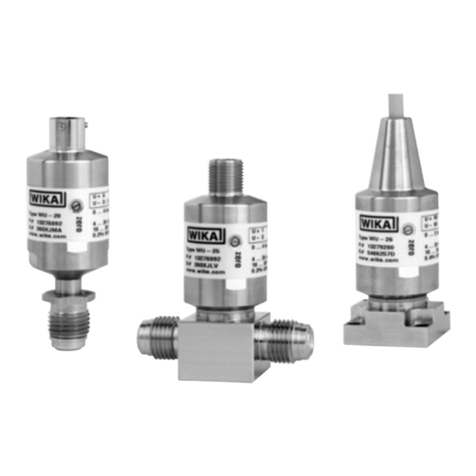
Table of Contents
Table of Contents
Pressure Transducer Safety Information......................................................................................1
Symbols Used in This Instruction Manual......................................................................1
Symbols Found on the Unit............................................................................................2
Safety Procedures and Precautions.................................................................................3
Sicherheitshinweise für den Druckmeßumformer .......................................................................5
In dieser Betriebsanleitung vorkommende Symbole ......................................................5
Erklärung der am Gerät angebrachten Symbole.............................................................6
Sicherheitsvorschriften und Vorsichtsmaßnahmen.........................................................7
Informations relatives à la sécurité pour le transducteur de pression ..........................................9
Symboles utilisés dans ce manuel d'utilisation...............................................................9
Symboles apparaissant sur l'unité ...................................................................................10
Mesures de sécurité et précautions .................................................................................11
Medidas de seguridad del transductor de presión........................................................................13
Símbolos usados en este manual de instrucciones..........................................................13
Símbolos hallados en la unidad.......................................................................................14
Procedimientos y precauciones de seguridad..................................................................15
Chapter One: General Information .............................................................................................17
Introduction.....................................................................................................................17
How This Manual is Organized......................................................................................18
Customer Support...........................................................................................................18
Chapter Two: Installation ...........................................................................................................19
How To Unpack..............................................................................................................19
Unpacking Checklist..........................................................................................19
Interface Cables ..............................................................................................................20
Generic Shielded Cable Guidelines...................................................................21
Product Location and Requirements...............................................................................23
Fittings............................................................................................................................24
Setup ...............................................................................................................................25
Checking the Transducer Zero...........................................................................25
iii
